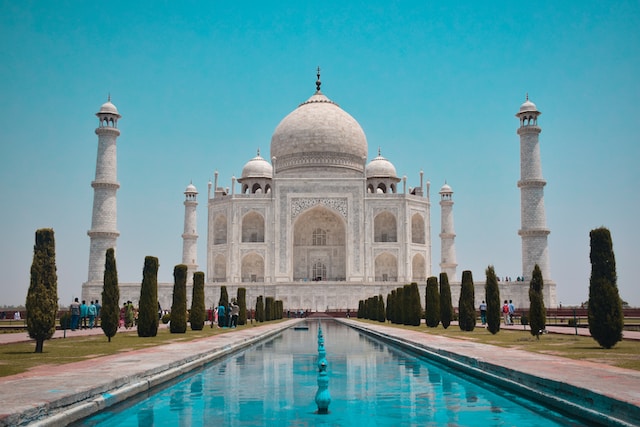Welcome back to the Cultural Traditions series! Today, we will explore the celebration of Holi in India. Holi is a springtime festival primarily celebrated in India and Nepal, but it is also observed in other parts of the world. While you may be familiar with the images of people covered in brightly colored powder or liquid, there is much more to Holi than meets the eye. In this article, we will delve into the ancient stories that inspired the Holi Festival and how they have evolved into the modern celebration we see today.
What is the celebration of Holi about? According to a stone tablet found in the town of Ramgarh, Holi dates back to the 4th century, making it one of the oldest celebrations in the world. With its roots in Hinduism, Holi is associated with numerous legends and stories that contribute to its traditions. Let’s start with the most well-known tradition: the vibrant colors that adorn festival-goers throughout India. This tradition is linked to the legend of Radha and Krishna. Krishna, a revered deity in Hinduism, was a mischievous child who felt envious of Radha’s fair skin. To reconcile this, Krishna playfully applied colors to Radha’s face, making her resemble him. Despite their initial differences, Krishna and Radha now symbolize love and compassion, which is why Holi is sometimes referred to as the festival of love. Today, this tradition has evolved to include entire cities participating in colorful festivities, where social, economic, and religious barriers are set aside, and everyone is considered equal.
Another tradition associated with Lord Krishna’s playful childhood is the breaking of the pot. As a child, Krishna had an insatiable love for buttermilk and would sneakily steal it from every house. To outsmart the little thief, the women in the community would hang their pots of buttermilk high on the streets, out of Krishna’s reach. In present times, this tradition is celebrated by local men forming a towering human pyramid and attempting to break the pot placed at the top, while women sing traditional folk songs.
The Evening of Bonfires marks the beginning of Holi festivities. The bonfire, known as Holika Dahan, has its origins in a tale from ancient times. King Hiranyakashyap desired to be worshipped as a god by everyone in his kingdom. However, his son, Prahlad, refused to comply and instead worshipped Lord Vishnu, a significant deity in Hinduism. Enraged by his son’s defiance, the king made several attempts to kill Prahlad, but each time, Lord Vishnu intervened and saved him. Determined to eliminate Prahlad without divine intervention, the king and his sister, Holika, devised a plan. Holika possessed a blessing that made her immune to fire, so they decided she would sit in a raging fire, holding Prahlad to ensure his demise while she remained unharmed. Unbeknownst to Holika, her protection only worked when she was alone, and she ended up perishing in the flames, while Prahlad escaped. Today, the bonfire tradition symbolizes Holika’s defeat, representing the triumph of good over evil—a significant theme of Holi.
How is Holi celebrated today? The festivities commence with the full moon of March, marking the arrival of spring and new beginnings. Participants gather to celebrate, engaging in music, dance, and the traditional celebration of colors. The color celebrations take place on the first day, and the Holi Festival extends for approximately five days. The most commonly used colors during Holi are red, blue, and green. What a colorful way to welcome the new beginnings of Spring! Until next time–अलविदा!

